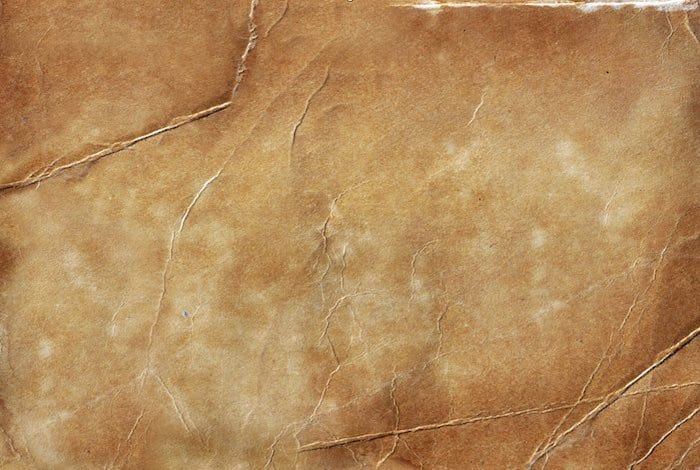Ernest-Charles Lasègue
Ernest-Charles Lasègue (1816 – 1883) was a French Physician.
Credited with being one of those who described anorexia nervosa in 1873, which he called “hysterical anorexia.”
In 1877, along with Jules Philippe Falret (1824-1902) first described the concept of Folie à deux, initially termed Lasègue-Falret syndrome.
Biography
- Born September 5, 1816 in Paris
- Died 20 March 1883
Medical Eponyms
Lasègue sign (1864)
Patient supine with hip flexed – dorsiflexion of the ankle causes pain or muscle spasm in posterior thigh indicating lumbar root or sciatic nerve irritation
Lasègue-Falret syndrome (1877) [*aka Folie à deux] psychiatric syndrome in which symptoms of a delusional belief and hallucinations are transmitted from one individual to another.
Other eponyms
- Lasègue manoeuvre: test of bilateral pulmonary expansion
- Lasègue syndrome I: archaic, persecution mania (1852)
- Lasègue syndrome II: anaesthetic induced conversion hysteria (1864)
Major Publications
- Lasègue C. Considérations sur la sciatique. Archives générales de médecine 1864;6(II):558–580 [Lasègue sign]
- Lasègue EC. Du délire des persécutions. Archives générales de médecine. 1852;28 (4):129-150. [Lasègue syndrome I]
- Lasègue EC. Antesthésie et ataxie hystérique. Archives générales de médecine, Paris, 1864;VI (3): 385-402. [Lasègue syndrome II]
- Lasègue C, Falret J. La folie à deux. Annales médico-psychologiques. 1877; 18: 321–355. [Folie à deux]
- Lasègue EC. Des hysteriques périphériques. Archives générales de médecine, Paris, 1878;VII (1): 641-656. [Lasègue syndrome II]
References
- Dalfardi B, Mahmoudi Nezhad GS. Ernest-Charles Lasègue (1816-1883). J Neurol. 2014 Nov;261(11):2247-8.
- Fresquet JL. Charles Ernest Lasègue (1816-1883). Historia de la medicina
- Arnone D, Patel A, Tan GM. The nosological significance of Folie à Deux: a review of the literature. Ann Gen Psychiatry. 2006; 5: 11.
- Bibliography. Lasègue, Charles. WorldCat Identities

eponym
the person behind the name

